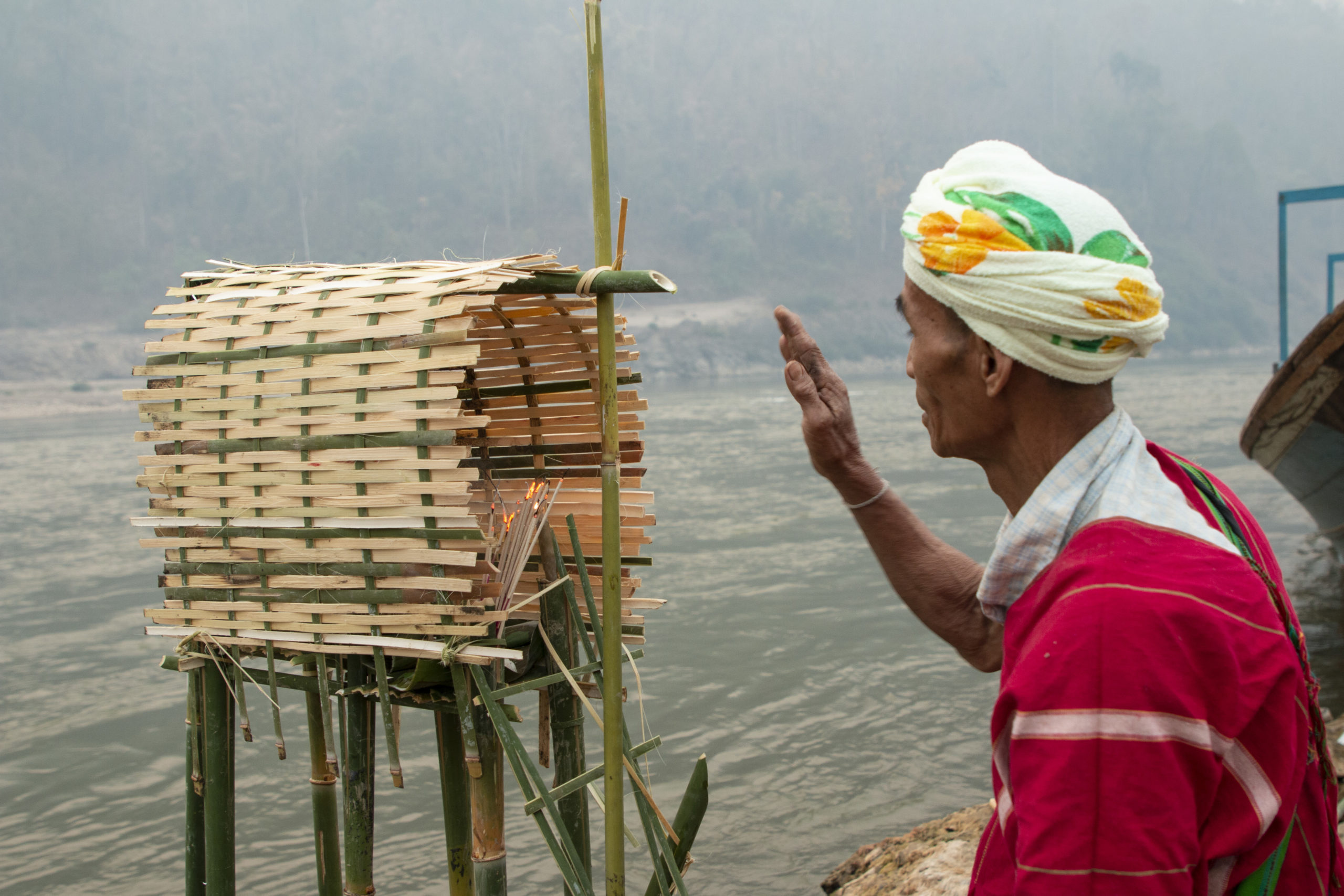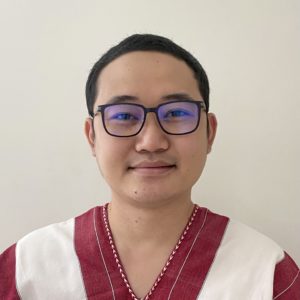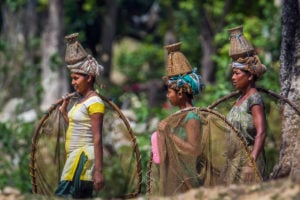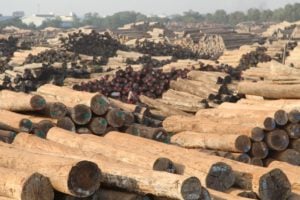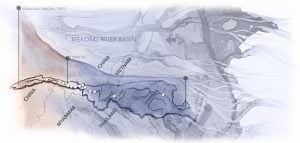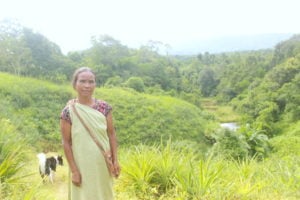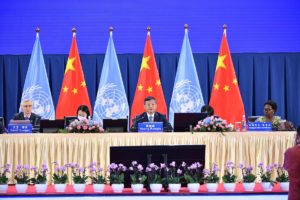This week, governments from around the world will convene online for the first part of the UN Biodiversity Summit COP15 (the second part will take place partially in-person in Kunming in spring), which will agree on the post-2020 Global Biodiversity Framework. Framed as a ‘stepping stone’ to the 2050 Vision of ‘Living in harmony with nature’ as part of the Convention on Biological Diversity (CBD), ratified by 196 countries, this framework is intended to deal with runaway biodiversity loss over the next decade.
Increased attention is being paid to how Indigenous peoples have for centuries realised this aspiration of harmony. Indigenous peoples manage or have rights to 22% of the world’s land, yet this land supports 80% of the world’s biodiversity, even as they struggle to regain ancestral lands that were taken from them in many places. What is less recognised is how Indigenous understanding and perception of reality upholds this harmony.
The CBD meeting three years ago promised greater inclusion of Indigenous peoples and traditional knowledge, and there is much discussion of these issues ahead of COP15. The CBD developed the Akwé: Kon Guidelines in 2004 and further deepened involvement with the launch of a Traditional Knowledge Information Portal. Despite this progress, when mainstreaming of biodiversity into the energy sector was discussed by CBD parties in 2017, the negative impacts of hydropower dams were discussed in biodiversity and ecosystem terms, paying mere lip service to Indigenous rights.
Voluntary guidelines for the conduct of cultural, environmental and social impact assessments regarding developments proposed to take place on, or which are likely to impact, sacred sites and lands and waters traditionally occupied or used by indigenous and local communities.
An online hub to “promote awareness and enhance access by indigenous and local communities… on traditional knowledge, innovations and practices relevant for the conservation and sustainable use of biological diversity”.
A narrowly technical understanding of hydropower – passed off as “scientific” – underestimates how culture supports economies, conservation and utility for Indigenous peoples living in river basins. When external experts interpret Indigenous knowledge without the context of Indigenous perception of reality (ontology), they fail to grasp its importance. What is needed is an incorporation of Indigenous understanding of reality when discussing biodiversity in Indigenous territories, in order to manage ecosystems better.
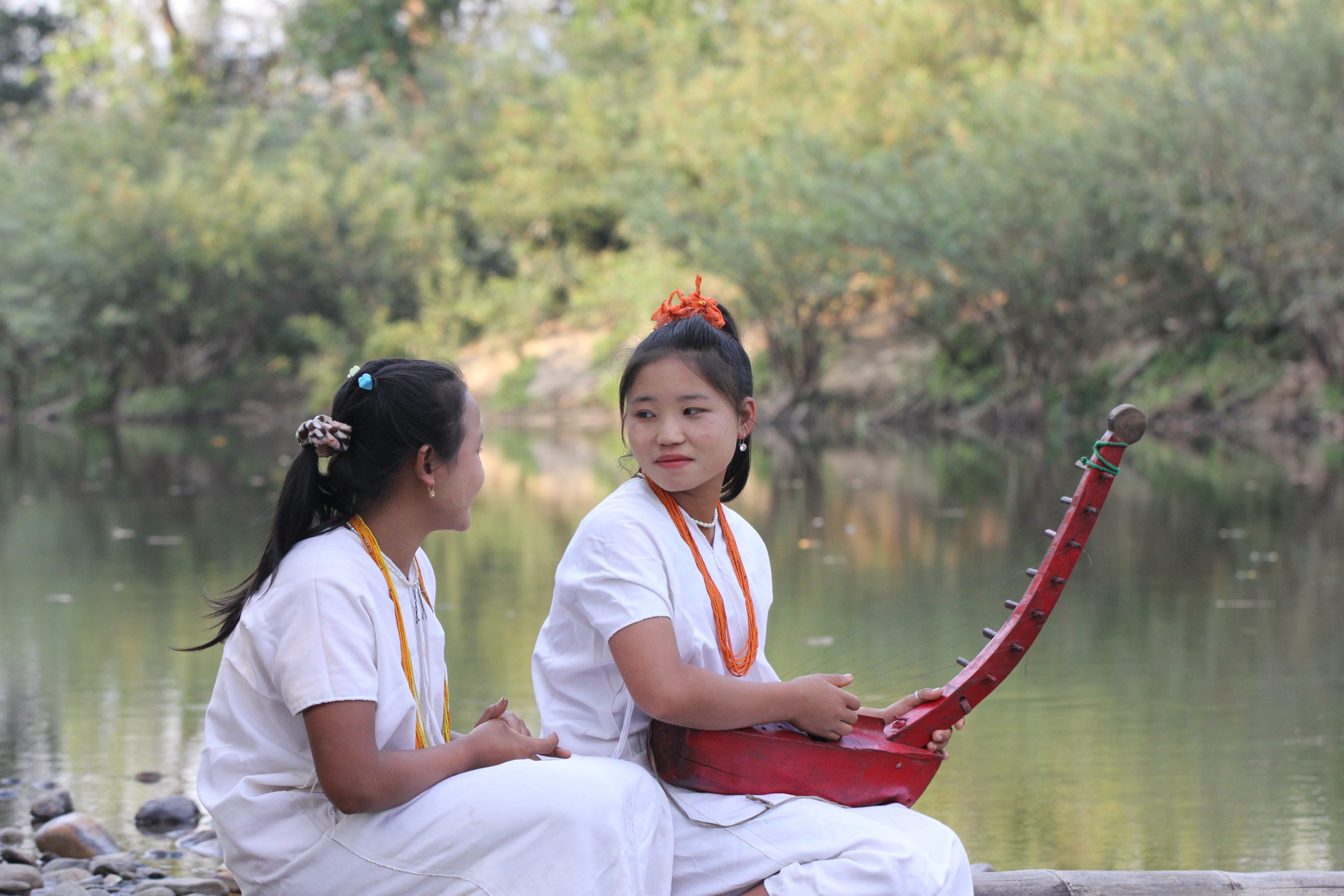
The Salween through Indigenous eyes
The Salween River is one of the few major rivers in Asia who still flows freely and uninterrupted by large-scale dams. Roughly 2,400 kilometres long, the Salween flows from the Tibetan Plateau through Yunnan into Myanmar, briefly touching Thailand. The river supports some of the most biodiverse areas in the world and is home to diverse Indigenous groups including the Akha, Blang, Derung, Hmong, Kachin, Karen, Karenni, Kokang, Lahu, Lisu, Mon, Nu, Palaung (T’arng), Pa’O, Shan, Tibetan, Yao, and Wa.
As custodians of the Salween River, community members maintain a spiritual relationship with the Salween, as our ancestors have done since they descended from the Tibetan Plateau many centuries ago. For us, the Salween is home to countless important spirits who are intermediaries between our human societies and the environment around us. She supports the sacred animal and plant species who populate our cosmos and carries the memories of our ancestors whose lives were intertwined with the river. Our relationship with the spirits is maintained and the memories of our ancestors kept alive by our continuous interaction with the Salween River. She is the backbone of our traditional knowledge and practices.
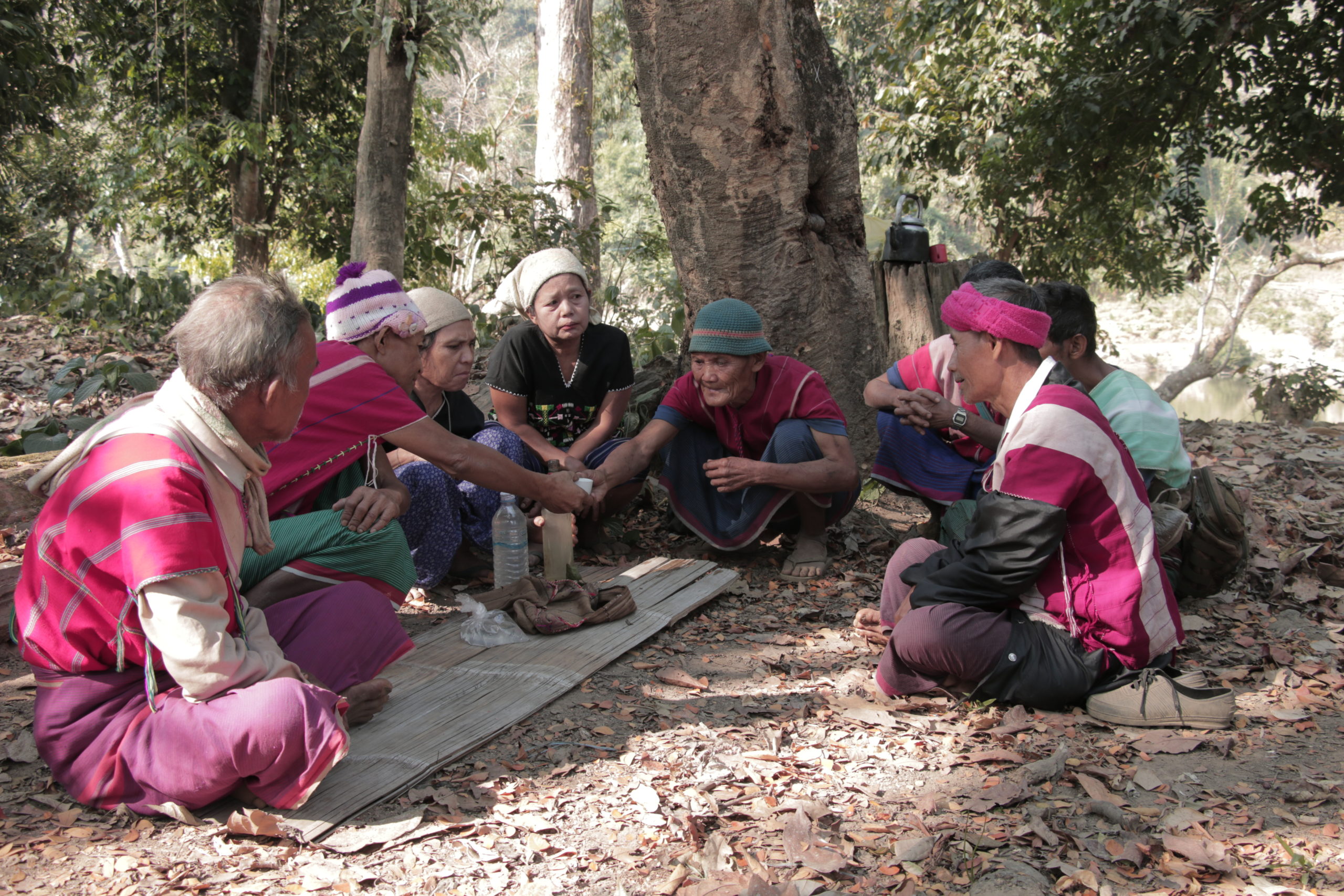
This is a wider understanding of the river than a mere provider of ‘ecosystem services’ that sustains our ‘livelihoods’. In our Indigenous understanding and perception of reality, developed over generations of living in the Salween basin, we don’t make a distinction between plants, animals, humans and more-than-humans such as spirits and ancestral spirits. This interconnectedness remains strong because the Salween is a free-flowing river.
These connections are reflected in Indigenous land, water and natural resource management across the Salween basin. As has been noted with reference to the Htee K’Sah guardian spirits of the water in S’gaw Karen ontology in the journal Pacific Conservation Biology, “Karen environmental governance consists of social relations and ceremonial obligations with more-than-humans… It is through relations with the K‘Sah that Karen villagers relate to the water and land itself, and humans’ rights to use the land are contingent on maintaining these ritual obligations.”
Indigenous knowledge systems lead to better conservation
Our customary water governance traditions include stewardship practices, hunting and fishing restrictions, and ceremonial protocols that have fostered harmony with nature and safeguarded biodiversity. Our river is inhabited and protected by guardian spirits. In sanctuary areas, prayer ceremonies are performed to protect the fish and harm those who fish there. Our traditional watershed management systems designate ecologically sensitive areas such as ridges, watersheds and old growth forests, where the cutting back of forest is prohibited.
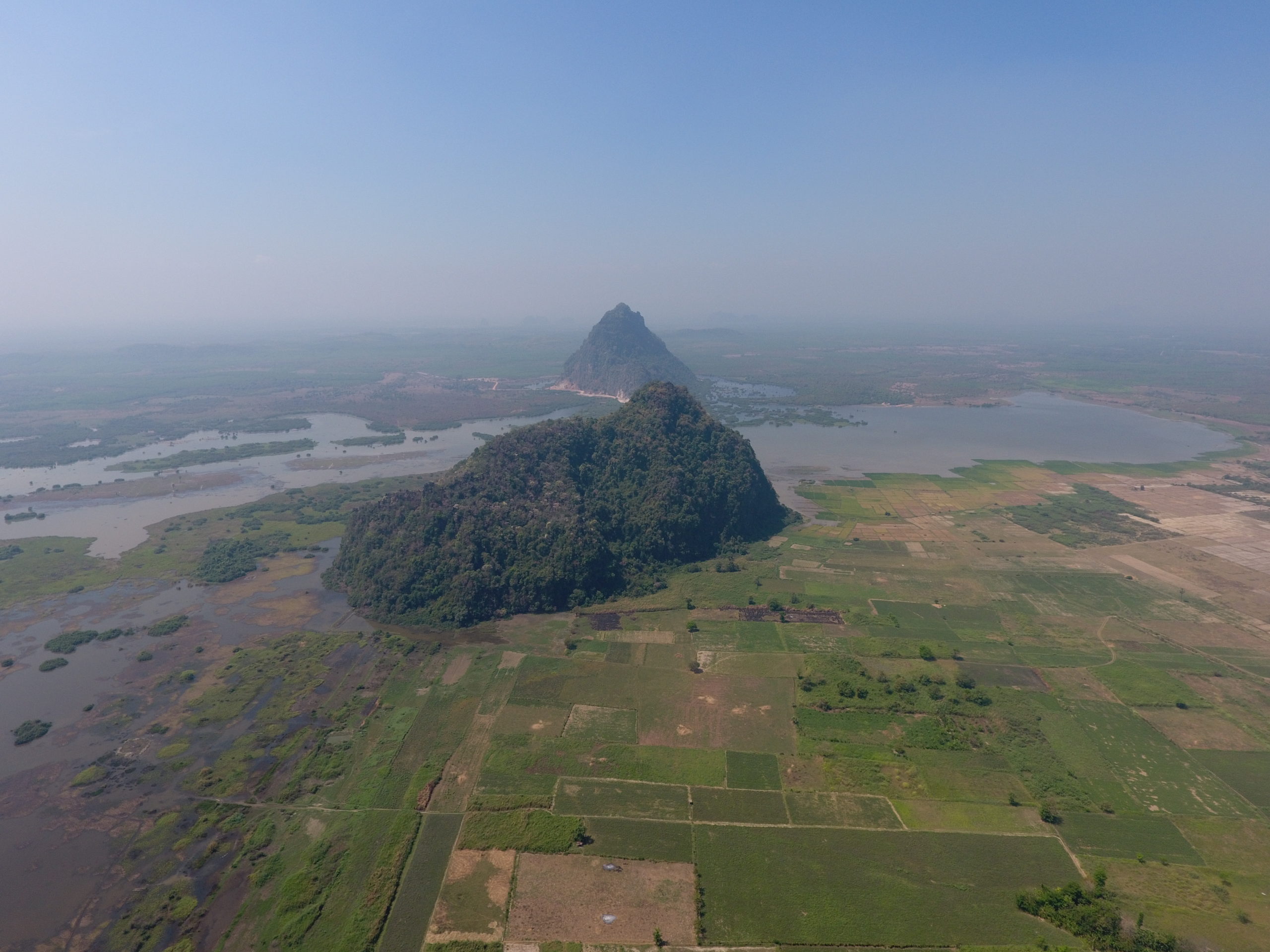
The benefits of traditional knowledge and practices for biodiversity thus come from the cultivation of a harmonious relationship between humans and more-than-humans, which is why sacred areas – an old tree or an entire mountain or river – must be protected. The ongoing relevance of such traditional knowledge and practices can be seen in the Salween Peace Park, an Indigenous initiative in Karen state that was awarded the 2020 UNDP Equator Prize. Around 75% of the forests, mountains and rivers that constitute the 1.4-million-acre area is managed according to traditional ‘kaw’ customary knowledge that combines spirituality, culture and conservation. This combination characterises Indigenous knowledge and is at the heart of Indigenous identity even when people have adopted ‘formal’ religions.
The benefits of traditional knowledge and practices for biodiversity come from the cultivation of a harmonious relationship between humans and more-than-humans
Indigenous knowledge and practices that are beneficial for biodiversity cannot be separated from Indigenous understanding and perception of reality. The inseparability of Indigenous ontology, Indigenous knowledge and Indigenous practices is hard to recognise for people living outside these ontologies. It is not possible to capture or preserve our Indigenous knowledge in a museum or a book. What meditation and prayer in a house of worship is for other religions, for us is the interaction with the Salween River. Our knowledge regenerates from our interaction with our environment, especially at the countless natural sacred sites and auspicious confluence points where the Salween meets its tributaries. We see her as a living entity.
Uninterrupted interconnectedness is key for the Salween
There are plans for seven Chinese-built dams along the Salween River, which has been a source of friction between Myanmar and China, as well as the current and previous governments and Indigenous groups. If the Salween River is dammed, it will strike at the heart of our cultures and beliefs. The severance of the river itself and the cascade of consequences will be the death knell for our traditional knowledge and practices for three reasons.
Firstly, the Salween responds to seasonal snowmelt and monsoon rains. Altering these variations in her flow affects the river’s ecology, severing people’s interdependency with the river by causing a decline in local river-linked livelihoods such as fisheries and agriculture. If these are disrupted, young people will have no choice but to take up professions disconnected from the river or move away. Less interaction and cohabitation with the river over time weakens Indigenous knowledge systems.
In the Karen context, Lu Htee Hta is one of the most important ceremonies performed as part of our relationship with the water, a ‘founders’ ritual’ which maintains a social contract with the more-than-human owners of the water and land. If the next generation is not able to conduct these rituals, the social contract will be broken. Without the continuous interactions between animals, humans and non-humans in the Salween basin, Indigenous knowledge will cease, and with it practices that have sustained the rich biodiversity we see today.
Secondly, dam-induced changes to the river’s rhythms, levels and nutrition will reduce the numbers and ranges of many sacred aquatic species that are strictly protected in the traditional management systems of the Salween, including the fish Nya Moo, Nya Ter Taw, and Nya Pla (Neolissochilus sp.). For instance, a reddish species of Nya P’tay is regarded as the king of all fish and killing them, we believe, will result in the extinction of fish species and water scarcity and drought. The Salween is home to a diversity of turtles greater than any other river in the world, and we regard a number of them as sacred.
If the Salween River is dammed, it will strike at the heart of our cultures and beliefs
Mainstream dams will also affect river-based sites considered sacred, such as the Thawthi Kho watershed area, threatening the effective protected status of waterbodies rich in biodiversity such as spring-fed pools, mud beds, waterfalls, rapids and islands. If these sacred natural sites run dry or flood in unusual ways, people will believe that the spirits may become angry and cause accidents and illness in nearby communities, or leave the river altogether, stripping these sites of protection.
Third, if our Salween is fragmented by dams, this will disrupt the flow, interconnection and relationship between all beings that depended on it. This upsets the balance in the river, which in turn upsets the balance between the river, humans and more-than-humans. It is the wholeness of the river – connecting beginning to end; past to present; humans to more-than-humans – that makes her the backbone of our belief systems. This gives her a sacred meaning as an indivisible living entity that supports our Indigenous cosmos.
Recognition and action for Indigenous ontologies
We draw hope from recent developments that have seen the central importance of free-flowing rivers in Indigenous ontologies being increasingly recognised, including by parties to the CBD. In 2017, New Zealand acknowledged the sacred status of the Whanganui River in Maori ontology by giving the river legal personhood. Through this act, New Zealand recognised the Whanganui as “an indivisible and living whole, comprising the Whanganui River from the mountains to the sea, incorporating its tributaries and all its physical and metaphysical elements”. New Zealand acknowledged “the enduring concept of Te Awa Tupua – the inseparability of the people and the River” thereby echoing the ancient Maori proverb: “The Great River flows from the mountains to the sea. I am the River and the River is me.”
According to the New Zealand attorney general in charge of the process, their most difficult challenge was getting the country’s European-descendant majority “to see the world through Maori eyes”. While rivers have since been recognised as living entities in CBD member countries such as Ecuador, Bangladesh and Canada, many other CBD members are still severing the flow of rivers sacred to Indigenous Peoples. In our own country, Myanmar, the military junta recently announced a fresh push to dam the Salween River.
Participants at the COP15 of the Convention on Biological Diversity should move beyond previous calls for ‘participation by’ and ‘consultation with’ Indigenous Peoples to recognise ontological diversity in order to safeguard biodiversity in Indigenous territories. To play an effective role in addressing the biodiversity crisis, we have to be able to sustain our own ‘Ecological Civilisation’.
Parties to the CBD should consider legislation that recognises legal personhood and rights of rivers considered sacred to Indigenous Peoples and incorporate Rights of Nature into the post-2020 Global Biodiversity Framework. Parties should also translate the Akwé: Kon Guidelines into their national laws so that these guidelines become more relevant. Through enabling more research into Indigenous ontologies and their spiritual relationship with rivers, the CBD Secretariat should help to foster a better understanding of who a river is in the ontology of Indigenous Peoples.
Above all, parties to the CBD should, in their effort to mainstream biodiversity in the energy sector, commit to excluding large-scale hydropower as an energy option for rivers such as the Salween which are sacred and culturally significant to Indigenous Peoples.
